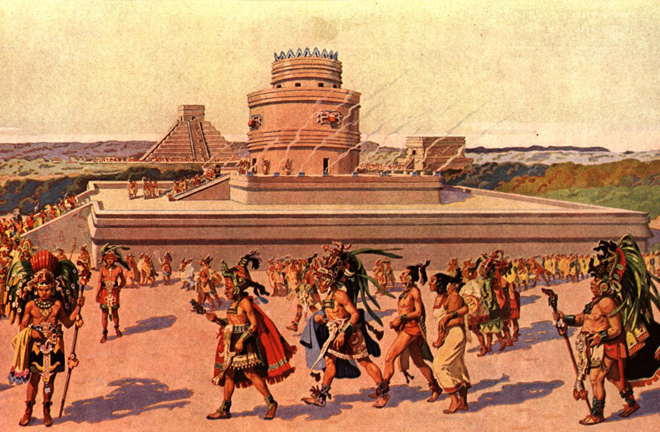Evidence supports climate theory of Mayan collapse

The Maya people with great cultural legacy left behind to the world
Scientists from Rice University and Louisiana State University found evidence in Belize’s Great Blue Hole, a 400-foot-deep cave in a barrier reef, supporting the theory that drought and climate conditions caused the Mayans to progressively decline from a regional power to a smattering of survivors and ultimately to a virtually lost civilization, according to the Guardian.
Scientists have been puzzled for decades by the question of why the Mayans abandoned their cities and apparently forsook a civilization that gave them a script, elaborate art and architecture, sport, agriculture and trade.
War, climate, disease and politics have been put forth as possible causes. Supporters of the drought hypothesis sometimes argue that it can integrate many factors into a larger theory of systemic collapse.
The major city of Chichen Itza, along the coast of the Yucatán peninsula, thrived for about a century after the year 1000, almost certainly taking in Mayans who arrived from the arid south to build Mayan culture in the north.
Then, the Blue Hole research shows, a second period of droughts drained the peninsula, coinciding with the estimated time that Chichen Itza also quickly declined. Mayans did however continue to live there, albeit in smaller numbers, surviving the fall of their civilization and the arrival of the Spanish conquistadors until the present day.
